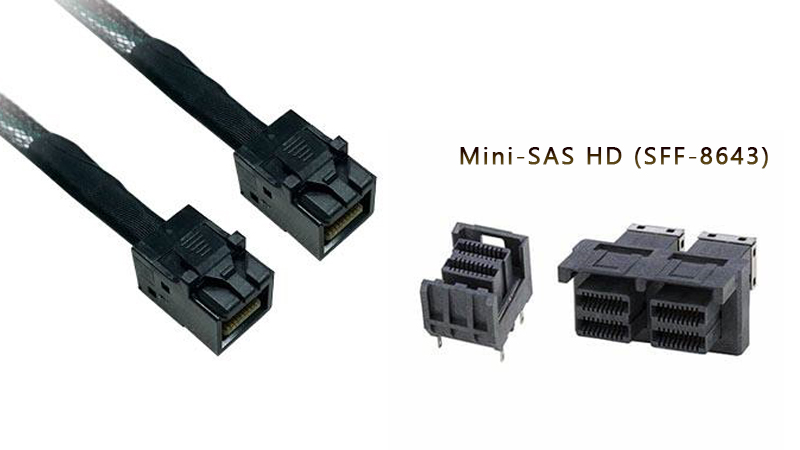Mini-SAS(Serial Attached SCSI) interface is a high-speed data transmission interface used to connect HDD drives and other storage devices. It was originally designed to replace and improve the traditional parallel SCSI interface. Mini-SAS interface adopts serial transmission, providing higher data transmission rate and more flexible connection options. The origin of Mini-SAS interfaces in HDD enclosure applications can be traced back to the continuous pursuit of storage system performance and reliability. Compared with traditional parallel SCSI, Mini-SAS reduces electromagnetic interference and wiring complexity by reducing the number of cables and adopting serial transmission technology. This design makes Mini-SAS ideal in high-performance storage environments.

1. High performance and high speed: Mini-SAS interfaces support data transmission rates up to 12 Gbps (third generation, SAS 3.0), which makes it very suitable for applications requiring large amounts of data transmission and processing, such as servers and storage systems.
2. Miniaturization design: "Mini" indicates that this interface is smaller than the traditional SCSI interface, which helps to arrange HDD drivers more effectively in limited space.
3. Flexibility: They support various types of storage devices by accommodating different connector standards. And they comply with the SFF-8643 and SFF-8644 industry standards.
4. Reliability: because it originates from SCSI,Mini-SAS draws on the excellent characteristics of SCSI in terms of reliability and data integrity, making it an ideal choice for enterprise-level storage solutions that require high reliability and stability.
5. Adaptability: Mini-SAS interfaces are widely used in RAID(Redundant Array of Independent Disks) arrays, external HDD enclosure, server storage systems, and other scenarios that require large-scale data storage and high-performance access.
In general, the application of Mini-SAS interfaces in HDD enclosure applications is to meet the requirements for high performance, high reliability and flexibility, and to provide more advanced connection solutions for storage systems.